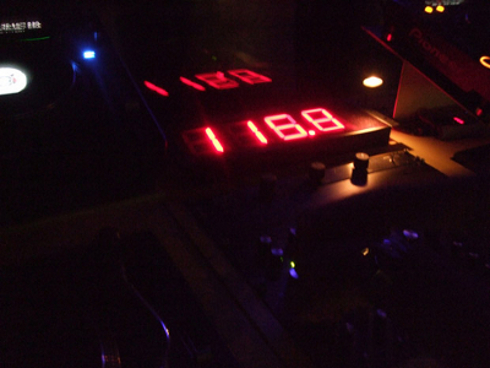
Intre cele mai banale si raspandite clisee despre muzica electronica de dans (EDM) este cel legat de monotonia beat-urilor. Daca nu e zgomot, e o muzica in care nu se intampla nimic. Peiorativ, pentru multi EDM e doar bumtsy-bumtsy, muzica pentru drogati sau un mix infernal de bass si drum kick pe care Vita de Vie il infiera in piesa "Basul si cu toba mare".
Un eseu publicat pe blogul Little White Earbuds face o analiza detaliata a modului in care se asculta si se produce EDM, argumentand ca, spre deosebire de orice alt gen de muzica contemporana, aceasta presupune o altfel de experienta auditiva, a carei principala caracteristica e lungimea: de la cea a trackurilor obisnuite, duble fata de orice cantec cu structura pop, la seturile obisnuite de 4-5 ore si pana la seturile gigant de 10-12 sau chiar mai multe ore.
Cum reusim sa ramanem conectati la muzica electronica intr-o seara obisnuita de clubbing in care bem, fumam, discutam si ne alteram in toate felurile? Prin imersiune si prin capacitatea speciala pe care o dezvolta expunerea prelungita la EDM. E vorba despre a asculta EDM in cicluri metrice care sunt multiplu de doi (8, 16, 32, 64) si de a sesiza subtilitatile modului in care intervin si sunt introduse schimbarile in piese si in energia unui dj set.
Mai jos am pescuit bucatile analitice cele mai savuroase din lungul eseu, sper sa va faca sa cititi si restul, care se afla aici: As The World Turns: Time In Electronic Dance Music. E o pledoarie pentru djingul structurat ad-hoc (nu cel programat de acasa) si pentru o forma de creatie si expresie cu totul si cu totul speciala, diferita de a selecta pur si simplu niste trackuri si a apasa butonul de play, care justifica pretul platit pentru imersiunea de care aminteam.
(...) "electronic dance music has shaped an audience of listeners — and dancing listeners, which is important, I think — to listen to music on temporal scales that are multiples of pop, rock, classical, jazz, or nearly any other genre. Much like the audiences of “classical” minimal music, the audiences of electronic dance music have developed the capacity to listen across long time intervals and to hear musical processes that occur over 16, 32, 64, 128 cycles rather than two, four, or eight (the standard bar length for melodic phrases in classical music). Considering the constant drum beat of cultural critics bemoaning the disappearance of our attention spans, it should come as a surprise that electronic dance music is still very much a popular genre that attracts millions of fans worldwide and drives a substantial part of the nightlife sector. My own theory is that it shapes listeners: listening to dance music teaches you how to listen to dance music, and repeated listening shapes your expectations, your attentiveness, and your musical perceptions. This is probably true of all musical traditions, but electronic dance music shapes listeners in ways that diverge rather widely from other popular music traditions."
Niciun comentariu:
Trimiteți un comentariu
Leave a comment